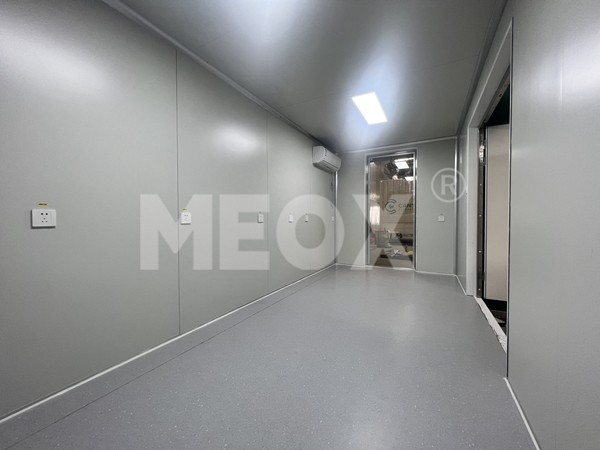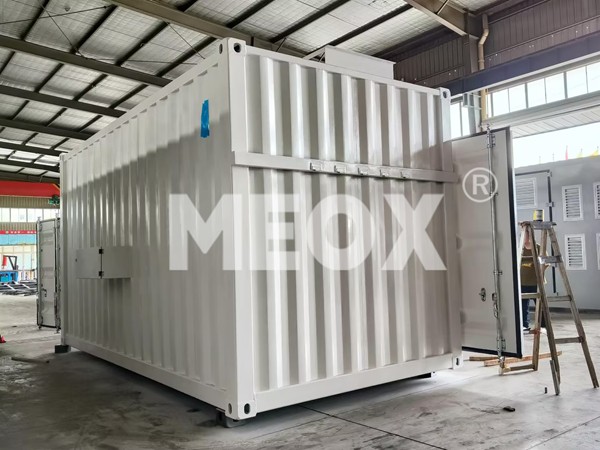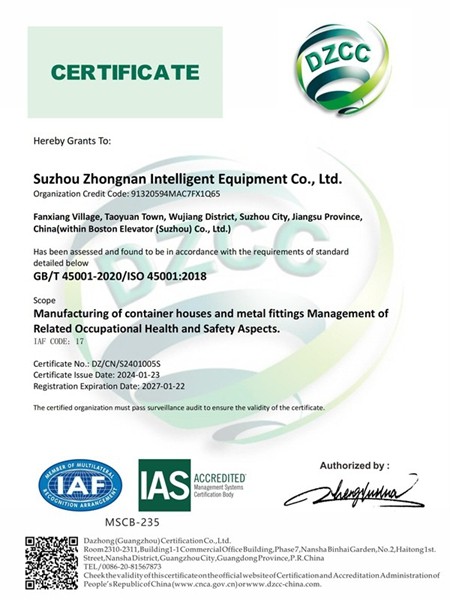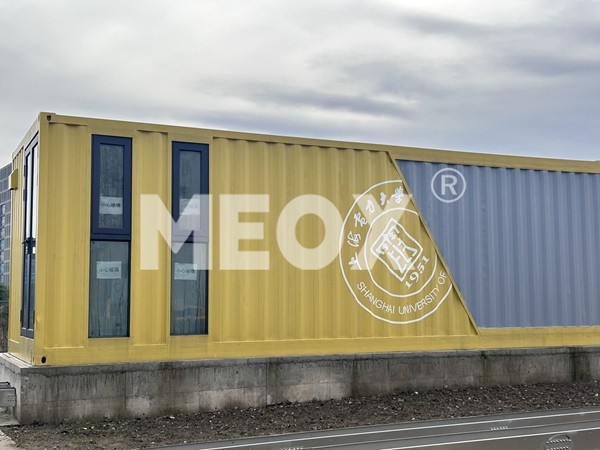Flat pack container homes have emerged as an innovative solution in the realm of prefabricated housing, offering superior versatility, affordability, and sustainability. These transformative living spaces leverage the structural integrity and modular nature of shipping containers, converted into viable living quarters through modern engineering techniques. The flat pack approach optimizes shipping and assembly, making it an attractive choice for eco-conscious consumers and property developers alike.
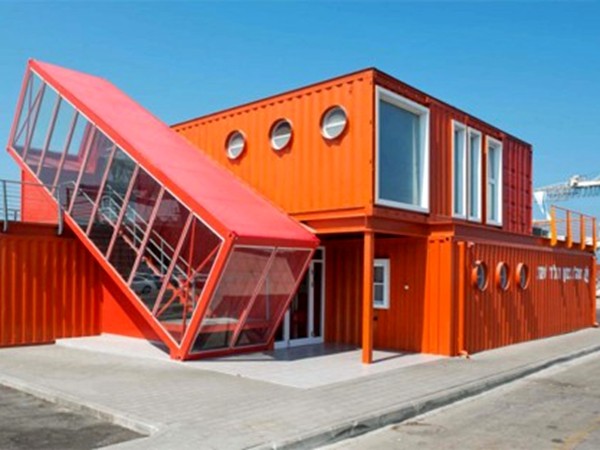
The process of creating a flat pack container home involves dismantling a shipping container into flat sections for ease of transportation. Upon arrival at the desired location, these segments are reassembled, guided by detailed instructions that ensure even novice builders can participate in the construction. This methodology offers a cost-effective alternative to traditional housing, significantly reducing labor expenses and construction time.
Durability is a hallmark of these container homes. Originally designed to endure harsh maritime conditions, the steel structure of a flat pack container can withstand extreme weather, offering excellent structural resilience. This durability extends its lifespan, providing long-term security for homeowners while minimizing maintenance requirements.
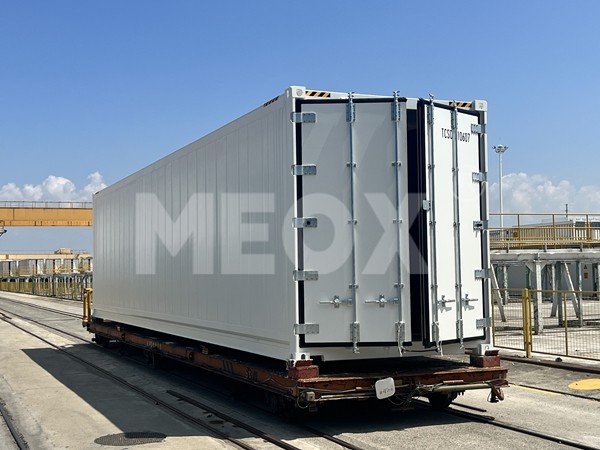
From a sustainability perspective, flat pack container homes excel by repurposing existing materials, thus reducing the need for new resources. This recycling ethos aligns with global efforts to curtail waste and promote environmental stewardship. Furthermore, these homes can be equipped with energy-efficient systems, such as solar panels and rainwater collection units, enhancing their ecological footprint and reducing utility costs for inhabitants.
Customization is another strong suit. Owners have the freedom to modify the design, interiors, and exteriors of their flat pack container homes according to personal preferences and aesthetic inclinations. This customization potential extends to size adjustments, allowing buyers to scale up or down as their needs change over time, making these homes adaptable to transitional life stages.flat pack container homes
A noteworthy feature of flat pack container homes is their mobility. Given their modular nature, these structures can be easily dissembled and relocated, offering unmatched flexibility for those who value mobility or anticipate changes in their living situation. This trait is particularly advantageous for individuals facing relocation due to employment, family, or personal preference.
The economic benefits are compelling, with flat pack container homes often costing a fraction of traditional house prices. This affordability opens doors for first-time buyers and those seeking cost-effective housing solutions in expensive real estate markets. Moreover, financing options are increasingly available, as lenders recognize the growing legitimacy and demand for this form of housing.
In terms of expertise, reputable companies specializing in flat pack container homes utilize cutting-edge technology and architectural prowess to ensure each unit meets stringent safety and quality standards. These firms typically offer a comprehensive suite of services, including site evaluation, design consultation, installation, and post-construction support. Engaging with industry leaders ensures that buyers receive a product that is both reliable and refined.
For those contemplating a flat pack container home, conducting thorough research and consulting with experts is crucial. Understanding local zoning laws, obtaining necessary permits, and assessing site-specific factors such as accessibility, climate, and landscape are essential steps. An informed approach ensures a seamless transition from concept to reality, maximizing the benefits of this innovative housing solution.
Overall, flat pack container homes represent a fusion of practicality, sustainability, and modern living. They redefine traditional housing narratives by introducing a flexible, cost-efficient, and eco-friendly alternative that does not compromise on aesthetics or comfort. As societal attitudes shift towards sustainable, affordable living, these homes are poised to become a cornerstone of contemporary residential architecture, underscoring their relevance and appeal in today’s housing market.

